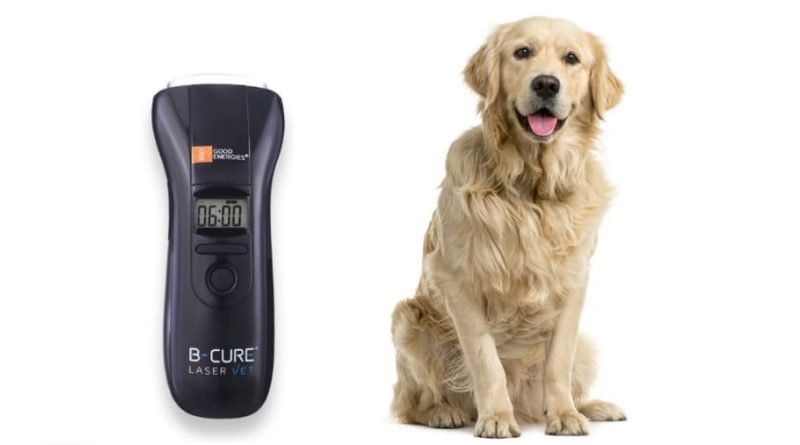Are Dogs Able to Heal with Laser Therapy?
Laser therapy is a non-invasive, surgery-free, and painless process that uses a special light that enters skin tissues by promoting cell regeneration, enhancing blood flow, and encouraging healing. Dog’s laser therapy is more comfortable; when therapy, dogs feel soothing warmth and no sensation. This kind of therapy is also referred to as cold laser therapy, which is different from other surgical lasers.
Laser therapy for dogs can help in various conditions like
- Surgical healing of wounds
- Help to enhance the metabolism of specific tissues
- Immunoregulation
- Improve nerve function and provide relief from pain
- Healing of infection at a faster rate
- Promotes the healing of various tissues, ears, muscles, skin, and tendons
How does laser therapy provide pain relief?
Laser treatment is an excellent way to provide benefits and relief from pain to your dogs. It can reduce pain by lowering the inflammation through the opening of blood vessels and by stimulating the lymphatic drainage system; thus, laser treatment removes swollen areas and reduce pain.
The laser can also activate nerve cells that reduce nerve sensitivity by blocking pain signals received by the brain. Because there is reduced inflammation and swelling, dogs will suffer less pain. Laser therapy can be operated directly on affected body parts, speeding up the healing process. The laser process can help to strengthen the tissues and muscles, better mobility, and improve the quality of life for your dog.
What conditions does laser therapy treat in dogs?
- Muscle, tendon, and ligament injuries
- Sprained or strained muscles
- Spinal disc swelling
- Arthritis
- Ear infection
- Open wounds
- Post-surgical and pain in soft tissues
How does laser therapy work to promote healing?
Through photobiomodulation, laser therapy helps encourage the healing of infected tissues and reduce pain. A biochemical reaction occurs in the cell when light interacts with cells through a photochemical process. These chemical reactions at the cellular level boost circulation, lowering inflammation, increase collagen production, immune system stimulation, and muscle tissues development, which all assist in repairing and improving the damaged tissues
How does laser therapy help to treat acute and chronic pain?
Laser therapy is used in case of acute pain when a dog has a wound or a small initial cut. In persistent injuries, we can utilize the laser to treat the things like arthritis. It can also be used in case of ear infections.
How many Laser treatment sessions will my dog require?
The first step in laser therapy is to provide your dog with a comfortable place to lie down during treatment. This can occur at your veterinarian’s office or with a cold laser therapy device for dogs at home. The treatment duration depends upon the dog’s condition and size. The dog with an average size will be treated for 5-10 minutes. But in the case of superficial infections, like after the surgical wound, the therapy duration will be 1-2 minutes short.
Arthritic conditions are deeper and require a longer time for treatment. It mainly relies on the weight and size of the dog; in this way, the lasers penetrate more deeply, with high power, and more time for treatment in the bigger dogs. In some treatments, laser probes are utilized in contact with the skin. Sometimes 8-12 treatments may be required every month for arthritis patients.
How soon does the dog’s condition improve?
Laser therapy treatment can reduce the healing time, and dogs feel relaxed just after the first session. After the laser therapy for ear infection, the ear’s thickening, inflammation, and redness improve significantly. In chronic conditions, dogs, on average, need six treatments for healing.
What risks are involved in laser therapy?
Laser therapy is a safe treatment procedure without a dog’s skin burn risk. A specific low-energy beam of light gives a soothing and cold effect on superficial skin but requires heat in the deep tissue. But during treatment, the beam of light can affect the eyes when someone directly looks at the beam light. The operator should wear protective glasses and protective goggles also provided to the dog and cover the eyes during the therapy process.




